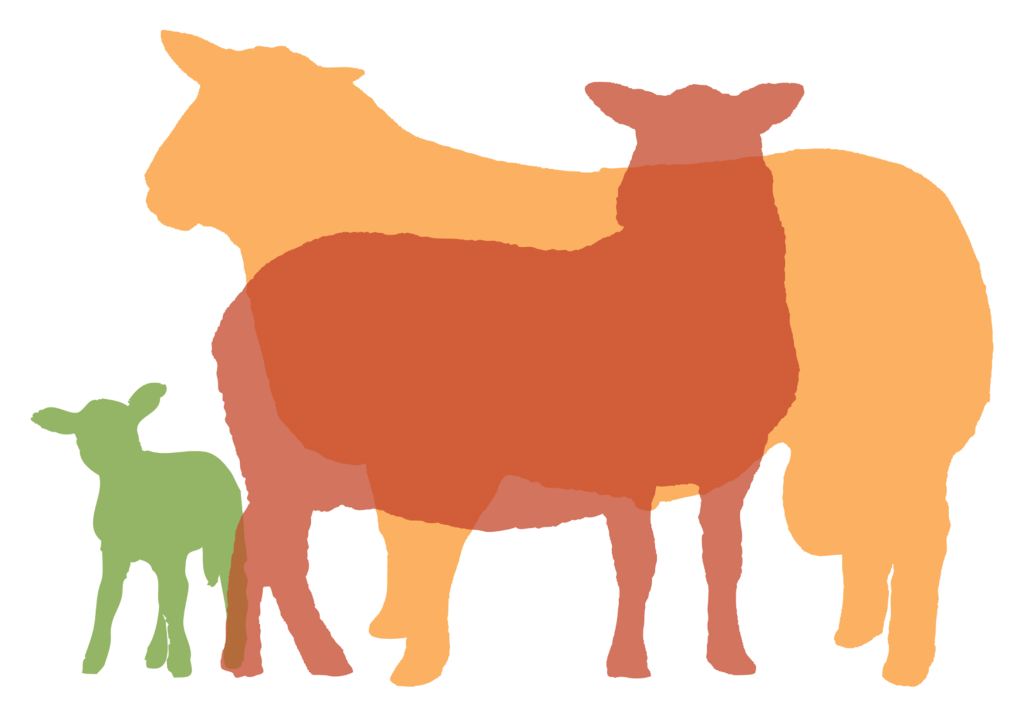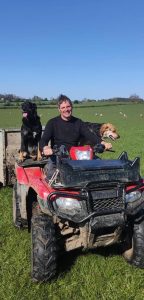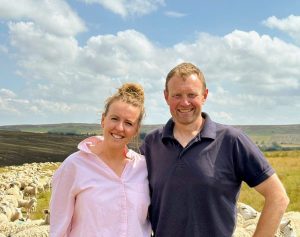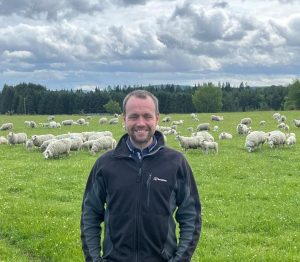Farm View Sheep by David Stephen
One of the great things about a new year is that it can be the trigger for a fresh start. A time when you make a promise to yourself not to repeat the mistakes of the past year. Or, indeed, the 20 prior to that.
To plant fields of crops which have no blank bits, to save more lambs at lambing and calves at calving time. To manage the grass better and not let it get away from you, rendering it fairly useless for the remainder of the season.
To reduce variable costs and not get tempted to purchase the piece of equipment that you really don’t need but would quite like. 2020 signifies perfect vision. Hopefully the year will be fairly perfect also.
Around 15 years ago I decided that I wanted to be in control of the breeding programme of our flock. I wanted an animal that was prolific and hardy but still producing a product that I would be happy with.
Initially we started with the Romney which after about five years was refined with the Highlander. The Highlander is a composite which originates from New Zealand consisting of Romney and Texel with Finn thrown in to provide more lambs.
We have been breeding pure Highlanders ever since with results we are very happy with, selling these maternal rams through the Innovis Genetic Co all over the U.K.
As a slight side-line, we also started breeding the Primera which is a terminal composite line, again selling rams through Innovis. That is until now. The market for rams is changing.
Selling a ram without figures is a thing of the past. I wouldn’t buy any animal without an impressive sheet of data backing up my visual impression. We will continue to breed pure Primera as the numbers are smaller and more manageable at lambing time to collect all the data.
The Highlander ewes are lambed at the end of April. The ethos is to set stock the ewes and let them get on with it, only disturbing them when we think it’s all over and bringing in the marking gear.
I don’t want to be chasing lambs around a field to put a tag in but, thankfully, there are those who do. So, with this freedom to not breed pure, we have brought in the Abertex from Innovis.
This ram will hopefully still tup a 100 ewes without falling to pieces. He will also bring the scan down closer to 200% and add a bit more class to the lambs, opening up more marketing options.
At this time of year, most of the sheep have been away from the farm on rented grazing for the past few months, with only the lamest remaining at home. This will have come to an end by the end of January and breeding ewes will return to the neeps and remaining lambs to feeders. The lamb price continues to rise which is encouraging, although for the long term I do hope that it doesn’t go over the top!
I was interested to read that the New Zealand Government has handed responsibility of how agriculture will manage and reduce its emissions back to the industry itself. This has handed NZ farmers an incredible opportunity to turn their emissions profile into a positive story.
The routine criticism that farmers receive is largely a result of the industry’s own failure to tell the whole story. Agriculture has taken a defensive approach for too long.
Simply saying we are efficient compared to other global producers is selling ourselves short. Agriculture in general is nowhere near as harmful to the climate as is often described. Do we perhaps have ourselves to blame for the situation we now find ourselves in?
I do wonder that if we as an industry were given the same opportunity in this country, what would we end up with? Are there perhaps too many interested industry organisations for a pragmatic way forward to be agreed?



